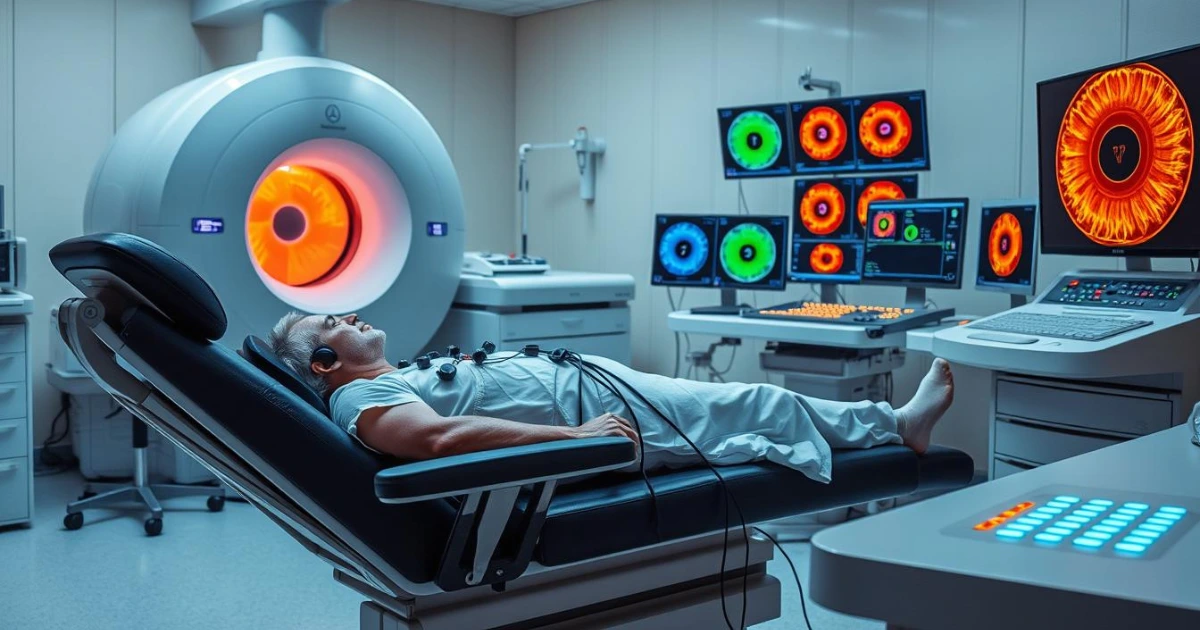Delayed Onset Muscle Soreness: 6 Proven Ways to Recover Fast
Ever pushed yourself hard in the gym, only to wake up two days later feeling like you’ve been hit by a truck? That’s Delayed Onset Muscle Soreness (DOMS)—the deep, achy stiffness that sets in 24-72 hours after intense exercise.
Table of Contents: Delayed Onset Muscle Soreness
While DOMS is a sign of muscle adaptation, it can derail your fitness progress if not managed properly. The good news? You don’t have to suffer endlessly. In this guide, we’ll break down six science-backed recovery strategies to help you bounce back faster and train smarter.
What Is Delayed Onset Muscle Soreness (DOMS)?
DOMS is muscle pain and stiffness that develops 12-72 hours after unfamiliar or high-intensity exercise. Unlike acute soreness during a workout, DOMS peaks around 48 hours and is caused by micro-tears in muscle fibers, inflammation, and metabolic stress.
Common Causes of Delayed Onset Muscle Soreness:
✔ New or intense workouts
✔ Eccentric movements (e.g., downhill running, lowering weights)
✔ Sudden increase in training volume
6 Proven Ways to Recover from Delayed Onset Muscle Soreness Faster
1. Active Recovery (Light Exercise)
Contrary to popular belief, complete rest isn’t always best. Light movement increases blood flow, reducing soreness.
✅ Try:
- Walking or cycling at low intensity
- Yoga or dynamic stretching
- Swimming (low-impact)
2. Hydration & Electrolyte Balance
Dehydration worsens muscle soreness. Water helps flush out metabolic waste and supports repair.
✅ Hydration Tips:
- Drink ½ to 1 oz of water per pound of body weight daily.
- Include electrolytes (sodium, potassium, magnesium) if sweating heavily.
3. Proper Nutrition for Muscle Repair
Your muscles need protein, anti-inflammatory foods, and key nutrients to heal.
✅ Best Foods for DOMS Recovery:
- Protein: Chicken, eggs, Greek yogurt (supports muscle repair)
- Anti-inflammatory: Turmeric, ginger, fatty fish (reduces swelling)
- Magnesium-rich foods: Spinach, almonds, dark chocolate (eases cramps)
4. Foam Rolling & Massage
Self-myofascial release (foam rolling) breaks up muscle knots and improves mobility.
✅ How to Use a Foam Roller:
- Spend 30-60 sec per muscle group.
- Focus on quads, hamstrings, calves, and glutes.
- Avoid rolling directly on joints or bones.
5. Cold & Heat Therapy
- Cold therapy (ice baths, cold showers) reduces inflammation.
- Heat therapy (warm baths, heating pads) increases blood flow.
✅ Best Approach:
- Use ice within 48 hours of intense exercise.
- Switch to heat after 48 hours to relax stiff muscles.
6. Sleep & Restorative Rest
Muscles repair most during deep sleep. Poor sleep = longer recovery.
✅ Sleep Optimization Tips:
- Aim for 7-9 hours nightly.
- Keep a consistent sleep schedule.
- Avoid screens 1 hour before bed.
DOMS FAQ: Your Top Questions Answered
Q: How long does Delayed Onset Muscle Soreness last?
A: Typically 3-5 days, but severe cases may take up to a week.
Q: Should I work out with DOMS?
A: Light activity helps, but avoid heavy lifting on extremely sore muscles.
Q: Does DOMS mean muscle growth?
A: Not necessarily. DOMS indicates muscle stress, but growth depends on progressive overload and recovery.
Q: Are painkillers good for Delayed Onset Muscle Soreness?
A: Occasional NSAIDs (e.g., ibuprofen) can help, but long-term use may hinder muscle repair.
Final Thoughts: Recover Faster & Train Smarter
DOMS is a natural part of fitness progress, but you don’t have to suffer through it. By using these six recovery strategies, you can minimize soreness and get back to training stronger.
What’s your go-to DOMS recovery method? Let us know in the comments! And if you found this helpful, share it with a workout buddy who needs it.
Any other feedback or suggestions?
There are no reviews yet. Be the first one to write one.







